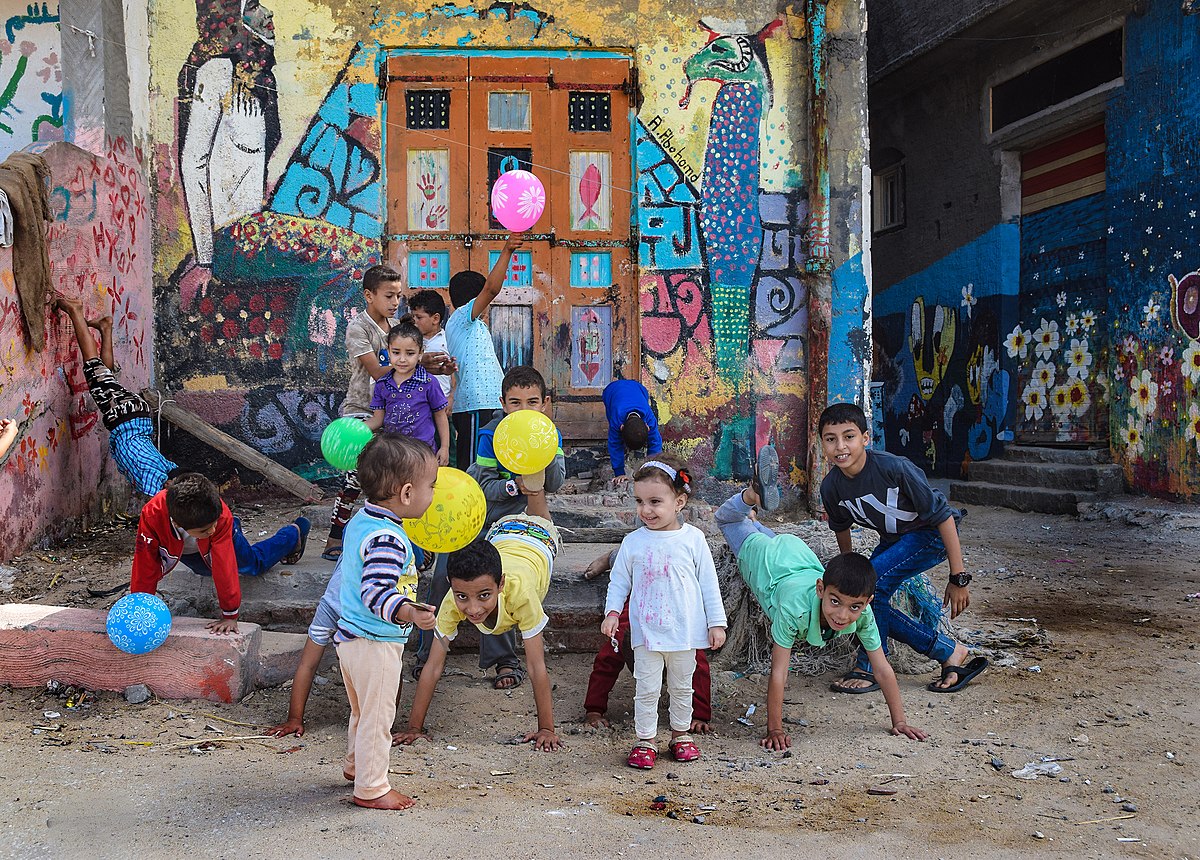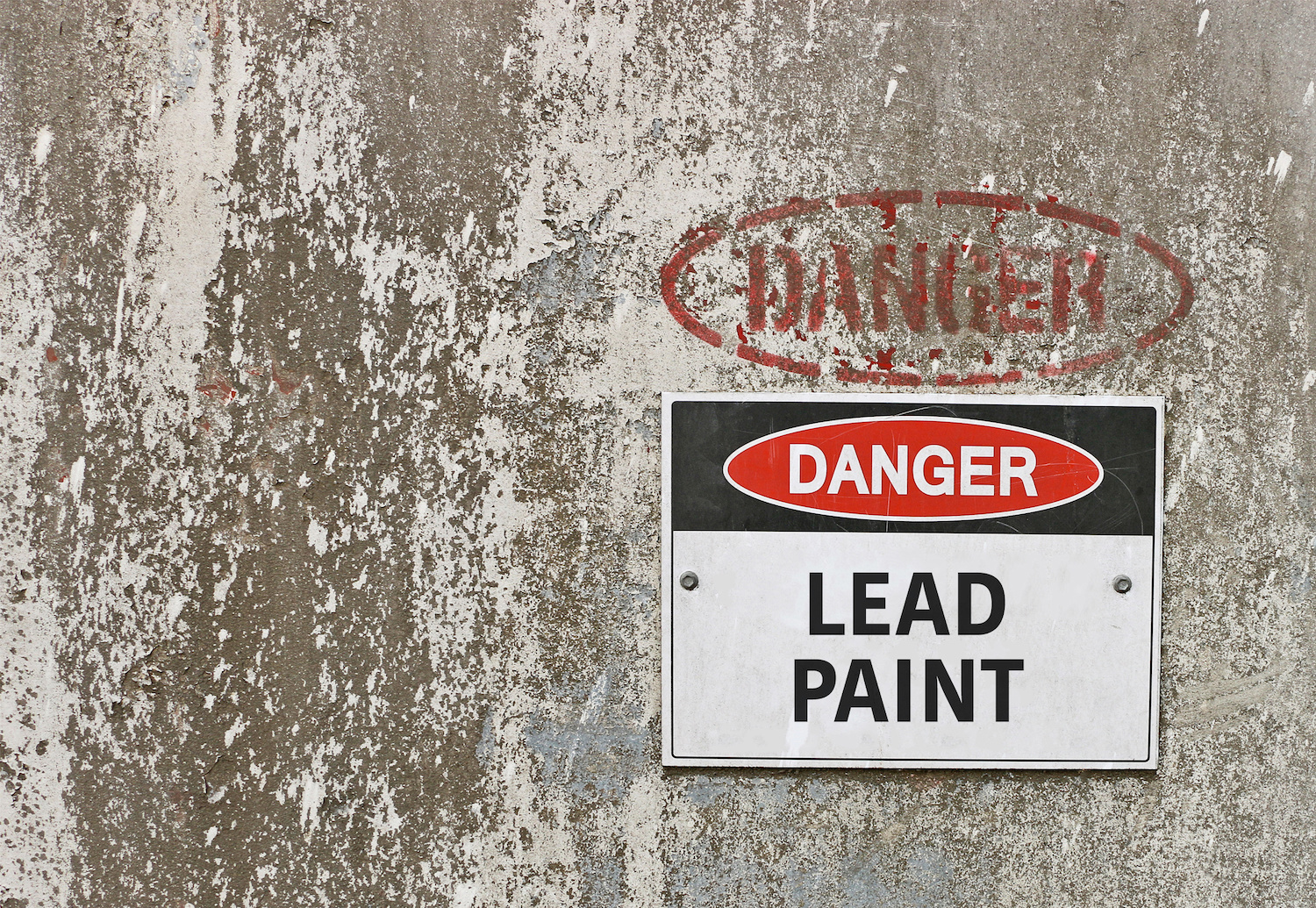Recommended

Blog Post
There’s not a lot of low-hanging fruit in global development. On the issues that matter most, from preventing the next pandemic to expanding migration opportunities, and financing climate adaptation, even minor progress tends to require big financial commitments and often faces deep political resistance.
We believe that ending lead poisoning is a rare exception to this pattern. Over the past two and half years of working on this issue, we have been persuaded that lead exposure:
- has huge welfare implications via its impacts on both education and health, with roughly 1 in 3 children poisoned by lead globally;
- is remarkably tractable with modest financial commitments; and
- remains almost completely neglected in global development discussions.
Today, we launch the final statement of our Working Group on Understanding and Mitigating the Global Burden of Lead Poisoning, where we attempt to make this case, while fully acknowledging uncertainty and staying faithfully grounded in the (often imperfect) evidence. We encourage you to read the full, short statement. In this blog, we won’t regurgitate its contents, but give you some broader context for how we got to this point, why we think lead poisoning should rank among the top tier of development issues, and where we (and hopefully the world!) go from here to fix this massive problem.
How we got here: the Working Group process
Understanding the burden of lead poisoning—and its impact on development outcomes—is easier said than done, especially given the sorry state of data on children’s blood lead levels across most LMICs. We’ve done some such work entirely in-house at CGD, including a paper exploring the effect of lead exposure on learning in LMICs, and a report to the G7 taking stock of existing initiatives and new opportunities to mitigate lead exposure in LMICs.
But lead poisoning is a complicated, multidisciplinary issue, and we needed help—and a broader coalition—to give us the breadth and depth of expertise that would do the inquiry justice. To this end, in June 2022, we convened a Working Group on Understanding and Mitigating the Global Burden of Lead Poisoning. The Working Group met regularly over the last 16 months, including three in-person sessions at our offices in London and Washington D.C. Members include leaders of the most prominent NGOs working on lead exposure and pollution; world experts in clinical and environmental health, chemical and waste management, supply chains, and environmental, health, and education policy; and senior figures in development partners, think tanks, philanthropies, and international organisations.
The Working Group’s final statement, released today, affirms that lead should be considered a top-tier development issue; that the world should commit to ending childhood lead poisoning worldwide by 2040; and that major reductions in blood lead levels are possible with increased political will and funding. We are comfortable coming to these conclusions even as we openly acknowledge major data and evidence gaps.
We’re delighted that most Working Group members have joined as signatories, signalling a high degree of consensus on the key points. (Non-signatory members of the Working Group contributed to discussions but do not necessarily endorse the contents of the final statement, sometimes for reasons tied to their institutional affiliation.)
The case to elevate lead poisoning on the development agenda
The scale of harm from lead exposure is extraordinarily large and wide-ranging. Through its impact on childhood cognitive development, our recent paper found that lead exposure is responsible for over a fifth of the learning gap between high-income countries and LMICs. As a risk factor for cardiovascular disease, it is estimated to be responsible for between 1.6 and 5.5 million deaths globally each year. Accounting for both of these effects, the World Bank estimates the burden from lead exposure to be worth US$ 5 trillion annually, equivalent to 6.9 percent of global GDP. Those are the largest and most robustly established effects, but they’re not the only ones: lead also has a likely role in encouraging antisocial behaviour, and in turn a possible role in aggressive and criminal behaviour; it is a risk factor for kidney disease and a range of other conditions; it may contribute to amyotrophic lateral sclerosis, Alzheimer’s disease, and antimicrobial resistance; and it can pose a major threat to wildlife and ecosystems, with particularly nasty impacts on birds, mammals, and reptiles.
Note: IHME estimates for tuberculosis, HIV/AIDS, and malaria, are estimated for 2019. The IHME and World Bank estimates for lead exposure are for 2022.
So to summarise, lead has a larger mortality burden than HIV/AIDS and malaria; a (negative) education impact roughly equivalent to our best available (positive) school-based interventions; and an economic impact equivalent to several GDP points, plus a whole lot more. These effects clearly suggest that it should rank within the top tier of development issues. But the contrast between the scope and magnitude of this burden and the resources allocated to mitigating lead exposure in LMICs is stark: we were able to identify just $11 million in annual philanthropic funding to tackle lead poisoning, as well as some sporadic projects funded by bilateral and multilateral donors. More than that, lead poisoning remains almost entirely absent from the global health, education, and development agendas. Many LMIC leaders are unaware of how widespread lead poisoning is in their own countries and most countries have no systems in place to detect and prevent it.
What we can do about it
Lead poisoning is a complex challenge, and it won’t be solved overnight. Yet given the tractability of many sources and the track record of dramatic blood lead level reductions in wealthier countries, we think it’s ambitious but entirely feasible to end childhood lead poisoning by 2040—by which we mean ensuring that to the extent possible every child has a blood lead level below five µg/dl, and progressively reducing levels “closer to zero” below that point.
Even better, the price tag for doing so is highly affordable. By our calculations, a $350 million program of international investment over seven years—roughly the price of a single wide-body plane—would go a significant way to reducing lead levels in the short-term, and kickstart a broader, longer-term process to end childhood lead poisoning altogether by 2040.
In the statement, we recommend focusing in the immediate term on three known sources of lead exposure in LMICs: paint, spices, and battery recycling. The $350 million price tag includes $25 million for eliminating lead paint in the 50 to 60 countries where it is still prevalent, and $5 million to end the adulteration of spices with lead, which is likely a major issue in around ten countries. Other investments are broader, longer-term efforts to comprehensively tackle all sources of lead, by supporting baseline assessments and source apportionment studies; allowing international bodies to coordinate efforts; funding research to fill key knowledge gaps; and supporting advocacy at the international, national, and local levels.
Even more than funding, that’s what this issue really needs: recognition. With increased political will, we have the opportunity to end childhood lead poisoning for good. Let’s take it.
Read the full statement here.
Disclaimer
CGD blog posts reflect the views of the authors, drawing on prior research and experience in their areas of expertise. CGD is a nonpartisan, independent organization and does not take institutional positions.
Image credit for social media/web: Jamie Hooper / Adobe Stock








